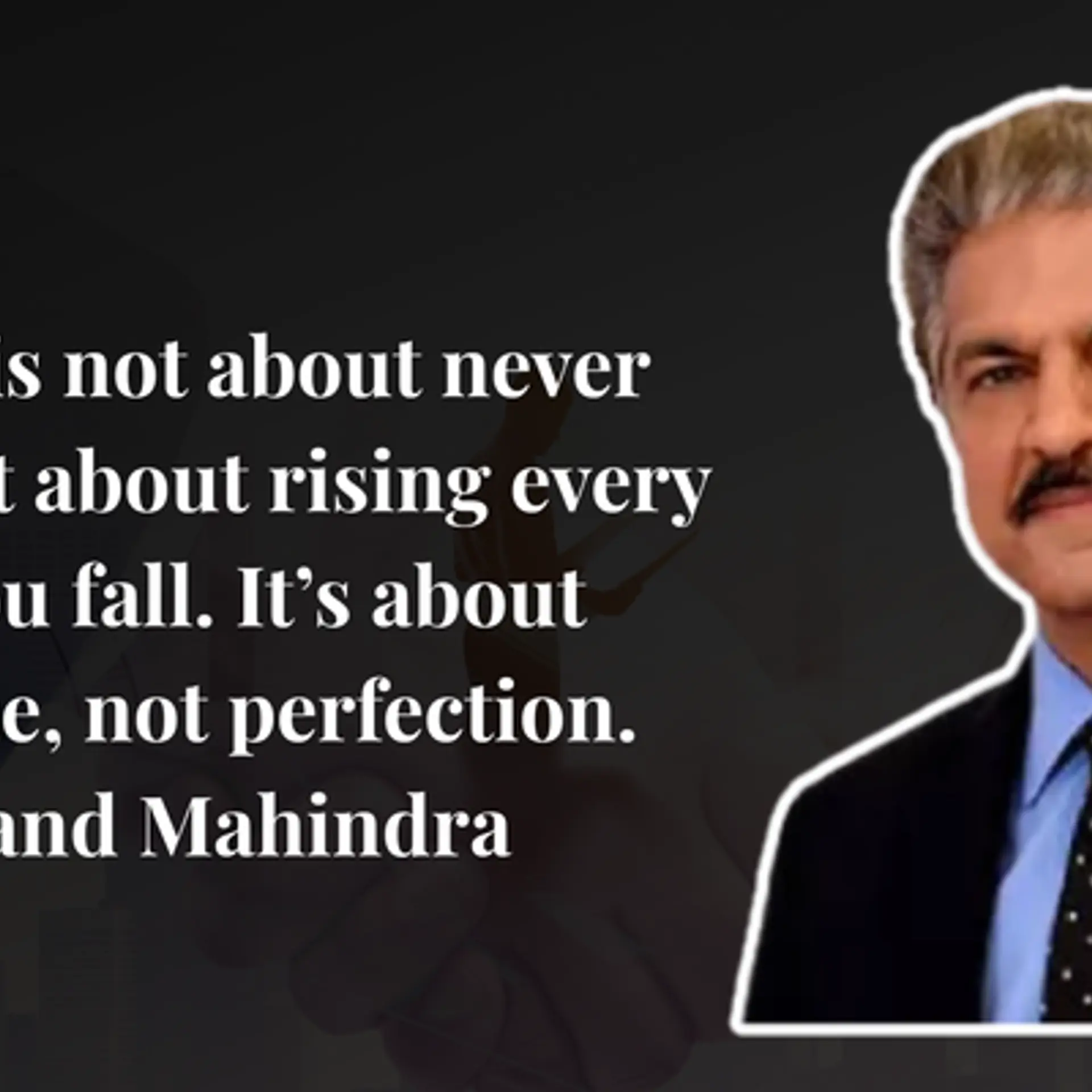Why it’s time to nurture leadership for India’s development sector
The non-profit sector has been vastly ignored when it comes to its talent pool, and potential. The time is rife for greater focus on honing leaders which can help the social sector flourish on the world index.
India has around 3.2 million registered non-government organisations (NGOs). That translates into roughly one NGO for every 400 citizens on an average. Which means that Indians have more per capita NGOs than hospital beds.
Surely, having such a thriving social sector we as a nation should be performing well on key human development indicators? We should be well on our way to becoming a more equitable, inclusive, healthy and happy society? Unfortunately, a look at the global HDI rankings and recent reports from the likes of the World Economic Forum and Oxfam indicate the numbers are just not adding up. If anything, the numbers paint a dismal picture.
According to a news report 97 percent of leaders in Indian NGOs felt leadership is important, and more than 50 percent NGOs have received no funding to develop leaders in the past two years.

The India Philanthropy Report 2019 by Bain & Co and Dasra, released earlier this year, shows, funding to the social sector has grown 11 percent in the five years till 2018, with philanthropic funding from individuals alone leaping 21 percent. This sector is ready for a shot in the arm.
Today, India ranks 130 out of 180 countries in the Human Development Report (UN - 2018), 177 out of 180 on the Environmental Performance Index (according to a biennial report by Yale and Columbia Universities along with the WEF), and 108 on the Global Gender Gap Index (WEF).
Although India is widely believed to be positioned to gain from its demographic dividend, specifically on key development indicators such as gender, health, environment, employment and education, the presence of a young workforce — the working age group between 15-59 years accounts for 62.5 percent of India’s population — is not translating into a positive impact on development indicators.
Why are we struggling with basic developmental challenges when there are so many non-profits working in the country? One major reason for this could be the lack of investment on human capital within the social sector. As the problems become more complex, are we taking care of those driving change, are we doing enough to equip them with the right skills, support systems and people?
A recent Bridgespan Report pointed to a couple of worrying results - not investing enough in nurturing leadership as more than 50 percent of NGOs surveyed did not have the confidence that someone could lead their organisation in the absence of their founder/leader. Next, leadership teams at NGOs are seen lacking the competencies required to build sustainable organisations (change management, developing leadership, planning, strategic thinking, etc).
The changing social sector landscape
Meanwhile, it’s important to look at some recent developments in the social sector to get a sense of how underinvesting in leadership can limit organisations and their impact:
- India has introduced mandatory CSR, which has brought in an estimated Rs 50,000 crore of funding into the sector within just five years. This funding comes with expectations of more stringent reporting and measurement of impact on the part of NGOs.
- The rise of individual philanthropy and investment from high net worth individuals is also pushing the sector to recalibrate its strategy and organisation structures.
- The rise of social businesses and for-profit social enterprises has brought innovative models into the sector to drive change.
It’s time to think people
As we witness the transformation of the development sector in more ways than one, it has become critical for the sector to finally start investing effort, resources and energy into developing the workforce because:
We need to build non-profits that are sustainable: A systemic gap in leadership development investment threatens NGOs’ sustainability, thereby limiting their ability to create lasting and measurable impact. As previously mentioned, the lack of leadership development has resulted in organisations that are founder-driven, overdependent on a single leader, lack a second line of leadership and are also deficient in skills and critical competencies.
We need diversity of skills and expertise: As the pool of funding available to the social sector grows — through individual philanthropy and mandatory CSR — and opens up more opportunities to create change, NGOs need to ensure that they have the ability to absorb those funds and employ them in the most efficient manner.
For organsations to scale, there is a need for diverse skill sets that can lead and manage the various aspects of growth: building sound internal processes, effective change management, talent development, creating the most appropriate infrastructure and technology to support the growth, etc. Organisations will need to invest in building these skills internally or attract and nurture talent from outside the sector.
The demographic of the sector’s workforce is changing: The development sector is attracting young people like never before. Unless leaders in the sector are cognizant of the aspirations and motivations of this group and the work culture they thrive in, they will not be able to inspire these young people to give their best to their organisations and the causes. There is also a slow but sure movement of senior people from the corporate sector into the social impact space, and that’s another group that can bring a lot of value to NGOs if they can be managed effectively by leaders and organisations.
How well we fare on those human development indicators over the coming years and decades will depend a great deal on the leaders who lead the efforts to create change. And that alone should be a good enough reason for us to start investing in building those leaders today.
(Disclaimer: The views and opinions expressed in this article are those of the author and do not necessarily reflect the views of YourStory.)
(Edited by Suruchi Kapur-Gomes)







